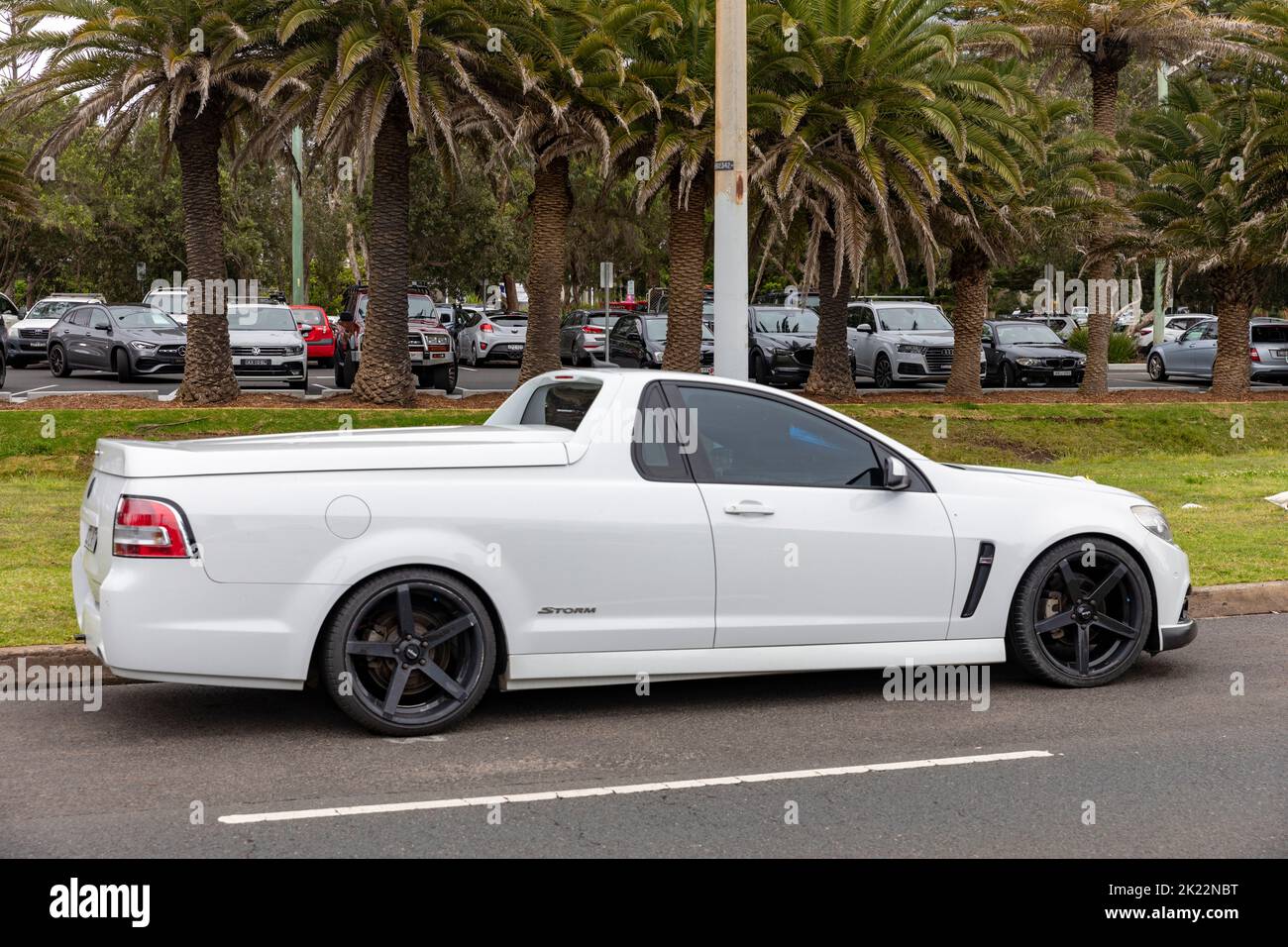
The origins of burnouts can be traced to drag racing, where they have a practical purpose: drag racing slicks perform better at higher temperatures, and a burnout is the quickest way to raise tire temperature immediately prior to a race. They also clean the tire of any debris and lay down a layer of rubber by the starting line for better traction. Drag race tracks sometimes use a specially-reserved wet-surface area known as the "water box", because water is poured onto a certain area to reduce the friction to initiate the burnout.[1] This was once called a "bleach box", when bleach was used instead of water; this began in 1969,[2] the year the first burnout was done in NHRA, at the Hot Rod Magazine Championship Drag Races in Riverside, California.[3] Don Garlits was the first to do burnouts across the starting line, which is now standard practice.[4] Water, bleach and resin were used, and water is said to work as well as bleach.[5] Early on, traction compound RFI also produced the spectacular flame burnouts.[6] The hazard of using flammable traction compound led NHRA to mandate use of water, instead.[7] Burnouts eventually became a serious form of competition and entertainment in their own right. Considerable prize money or goods are sometimes involved, and cars may even be sponsored or purpose-built specifically as "burnout cars". Burnout contests are judged on crowd response, with style and attitude therefore being important factors. Such contests are particularly popular in Australia but often occur in North America as well. Burnouts are also common in informal street racing, usually for show value. As with all street racing activities, burnouts on public property are illegal in most countries but the severity of punishments vary. In New South Wales, Australia, for example, police have the power to confiscate the offending vehicle for 3 months for a first offense.[8] In March 2010, British Formula 1 World Champion, Lewis Hamilton had his Mercedes car impounded for allegedly performing a burnout in Melbourne, Australia while leaving the Albert Park Grand-Prix Circuit.[9] Burnouts are also frequently performed by winning drivers at the end of NASCAR races to celebrate their victor